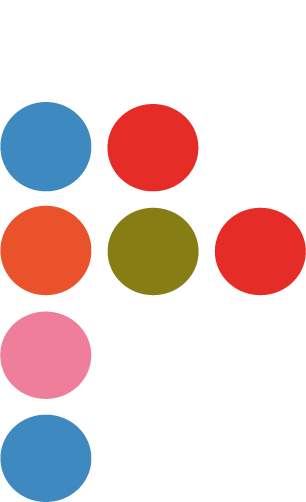The Silk Museum in 5 objects
Discover the people and objects that led Macclesfield to become a centre for creativity and ingenuity.
The button
Macclesfield’s global silk industry began with the button.
Macclesfield had a ready supply of holly trees, which provided the perfect hardwood for cutting up and making into buttons. Macclesfield buttons were originally covered in linen or mohair, but by Tudor times, silk buttons were the height of fashion and were being imported from Spain.
Macclesfield residents began making the silk button and a cottage industry boomed. Women and children wrapped thread around wooden moulds to produce buttons. Button making became a profitable addition to a family’s income. It is estimated that in a household where women and children made buttons, income could be increased by 50%.
Macclesfield merchants would source the materials wholesale and distribute them to the workers. These buttons were initially traded at fairs and markets by travelling pedestrian pedlars or chapmen but as the trade became more organised, merchants in London and Manchester began to handle distribution.
London was the only legal port for the importing of silk. Merchants from London would bring up silk from the Spitalfields weavers, to exchange for silk buttons. As the silk button making industry started to decline, Macclesfield firms began to move into the preparation of the silk itself.
Charles Roe started out in the button trade but by 1743 he had built the first silk throwing mill in Macclesfield based upon Lombe’s mill in Derby, as the patent on that technology had expired.
The Jacquard Mechanism
Our modern-day digital technologies and computer systems can trace their origins back to the invention of the Jacquard mechanism and the influence it had upon the pioneers of computing. The Jacquard mechanism is named after Joseph Marie Jacquard (1752 – 1834) from Lyon in France, who invented it in 1804. His was the first practical and fully automated system for weaving patterns on a loom.
The Jacquard mechanism is famous for its use of punched cards that programme and automate the weaving of patterns. Weaving is essentially a binary system. A warp thread can either be lifted up so the weft passes under and can’t be seen, or the warp thread is left down so the weft passes over and can be seen. Up or down. There are only two options, just like binary, which formed the basis of computer programming.
The Silk Museum has the largest known collection of silk Jacquard handlooms in Europe, still housed in their original location at Paradise Mill.
Pattern Books
The Silk Museum holds over 1,000 pattern books. The textile designs and patterns within these books date from the 1800s – 1990s revealing how styles changed and how society and politics influenced designs, particularly during the World Wars. There are also some well-known designs within the collection such as David Whitehead and Liberty patterns. Motifs in the design include iconic paisley patterns and animals.
The books have been collected from silk mills in and around Macclesfield, including Cartwright and Sheldon (Paradise Mill), Langley Mill, Barracks Mill, Davenport Mill and Giddons Mill. Alongside the books we also care for 40,000 textile samples, 300 Point Paper designs and 150 Jacquard Card Sets within our design archive, as well as more than 50 Printing Blocks and Printing Block Tools.
Notes on the Jacquard Card Sets and the Point Paper designs also help tell the story of the people behind the designs, from the School of Art Students’ names and date of their exams - to the card cutter and designer’s memos about the production processes.
The School of Art
The School of Art was built in 1877. The building is now home to the Silk Museum. Although some design education had been taking place under the organisation the Useful Knowledge Society there was a need to deliver general art courses and train more people in design. This was crucial for Macclesfield as the mills in the town still produced silk and textiles and needed designers to create the luxury products.
The school was designed by James Stevens in the gothic style and was established, partly, in response to a negative reception of Macclesfield Silks at the 1851 Great Exhibition. Macclesfield needed to enhance its standing for design and the school quickly built a solid reputation for training excellent designers and was one of the top art schools in the country at the turn of the 20th century.
Edith Buxton trained at the School of Art and quickly progressed as a designer creating really popular designs for leading textile houses like Jacqmar of London throughout the 1940s and beyond.
The artist Charles Tunnicliffe OBE, RA, also studied here from 1915 -1921 and went on to win a scholarship at the Royal College of Art.
Macclesfield Stripe
Macclesfield Stripe was designed and produced in Macclesfield during the 1920s to 1940s. This hardy textile had the ability to be boil washed over and over again, without losing colour or shape. This was extremely important before washing detergents were developed and one of the reasons the colours are still so vibrant today. Mill workers were known to take remnants of the fabric home, and create their own fashions earning them a reputation of being the best dressed workers.
The Silk Museum has 16 garments, over 200 handkerchiefs and a few larger Macclesfield Stripe Textiles in its collection.












